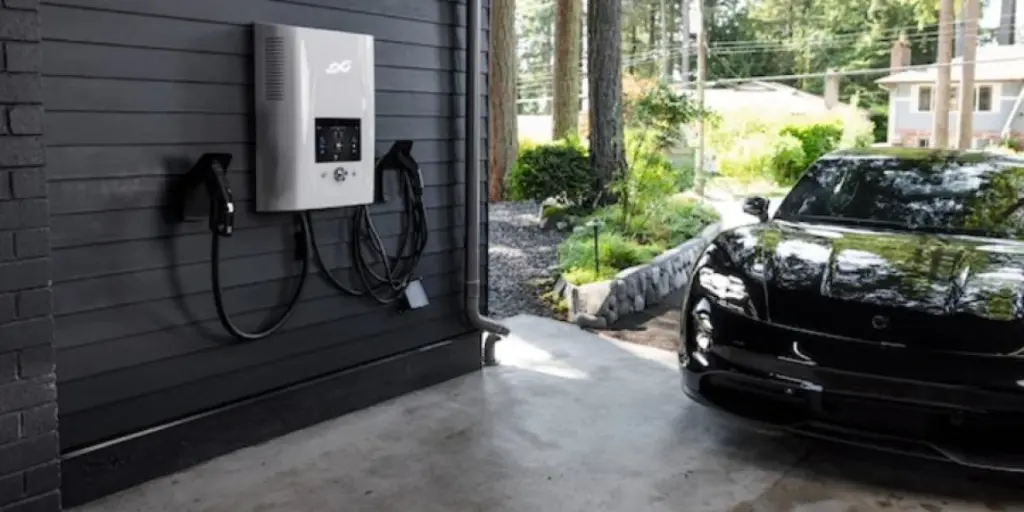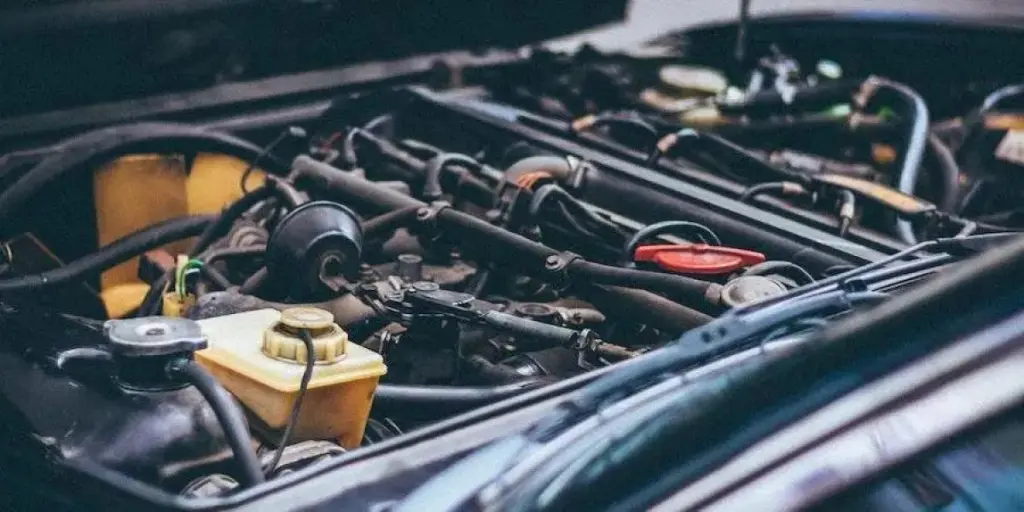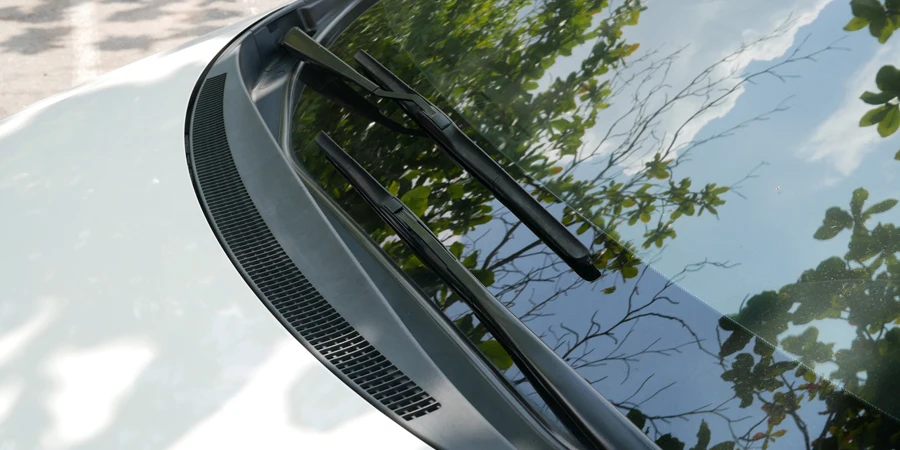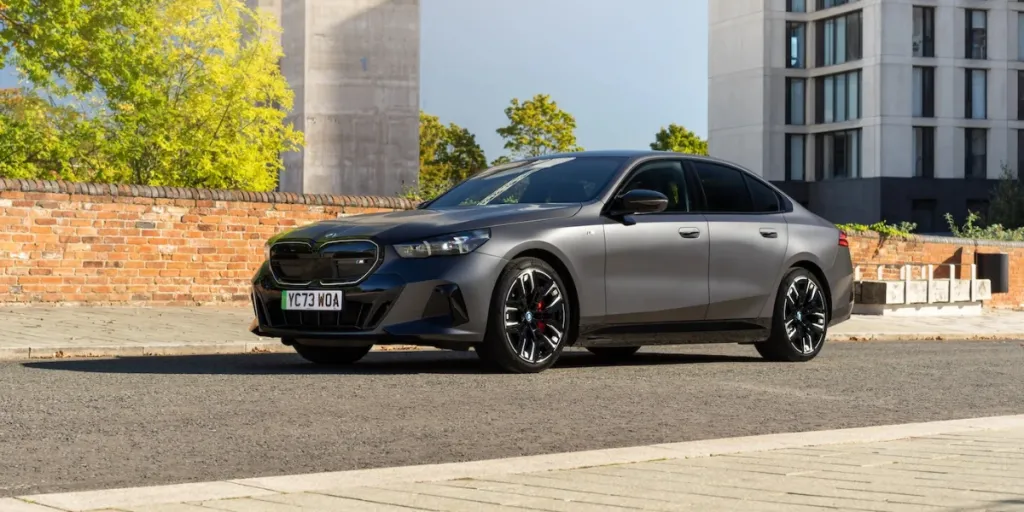Summers are becoming hotter due to global warming and climate change. Most people across the world are experiencing increased temperatures during their daily drive to work, the office, shopping trips, or road trips.
Whether planning a multiple-state road trip or driving a lot as part of your daily schedule, it is important to consider the challenges presented by driving in hot weather. This guide will give practical tips for safety and comfort when driving in hot weather.
Table of Contents
Safety risks of driving in hot weather
Key tips for driving in hot weather
Final words
Safety risks of driving in hot weather
Driving in hot weather can harm your health and your vehicle’s health. According to the National Oceanic and Atmospheric Administration (NOAA) website, heat is the number one weather-related killer worldwide.
The safety risks include a vehicle breaking down in the middle of a busy highway in a hot summer where you and your passengers can become dehydrated quickly. Symptoms of dehydration include dizziness, tiredness, and headache, which affects the driver’s concentration on the road.
Key tips for driving in hot weather
Plan ahead

If you are driving in hot weather and you run into unexpected traffic, you may question your decision to undertake the trip. It would be prudent if you took some time to plan and pack some essentials.
Have a stock of water, soda, beverages, and snacks to keep you hydrated throughout your drive. Bring an ice cooler to keep your water cool and refreshing.
Also, if you are driving with passengers, bringing some entertainment will help keep your passengers happy. Consider an in-car DVD player for children and tablets to provide movies, music, or games.
Check car fluids

Another important tip for driving in hot weather is to check your car’s fluids. High temperatures can strain your car’s engine and other systems. It is important to ensure everything runs smoothly before you hit the road.
Check the following fluids before your hot weather trip:
- Engine oil: Check your car’s oil level and color before driving. If the oil level is low or looks dark and dirty, it’s time for an oil change.
- Coolant: Ensure your car’s coolant level is full, and the mixture is correct.
- Brake fluid: Check your car’s brake fluid level and color. If the fluid is low or looks dirty, you may need to have your brakes inspected.
- Power steering fluid: Check your car’s power steering fluid level and color. Low or dirty fluid can cause problems with your car’s steering system.
- Transmission fluid: Check the fluid level and color if your car has an automatic transmission. Low or dirty fluid can cause problems with shifting and other transmission issues.
Bring sunglasses

Don’t underestimate the sun’s glare when driving in hot weather. Sunlight can be so bright that it may obscure your vision, potentially putting you and other drivers in danger. Pack a pair of good sunglasses to ensure:
- Protection from the sun: Sunglasses can help protect your eyes from the sun’s harmful UV rays. Exposure to UV rays can lead to eye damage, including cataracts and macular degeneration. By wearing sunglasses, you can reduce your risk of these conditions.
- Reduced glare: When driving in bright sunlight, glare can be a significant problem. Glare can make it difficult to see the road, other cars, and obstacles in your path. Sunglasses can help reduce glare and make it easier to see while driving.
- Comfortable driving: Wearing sunglasses can also help make your driving more comfortable. Bright sunlight can cause headaches and eye strain, but with the right sunglasses, you can reduce these symptoms and enjoy a more comfortable ride.
Check your air conditioning and car fans
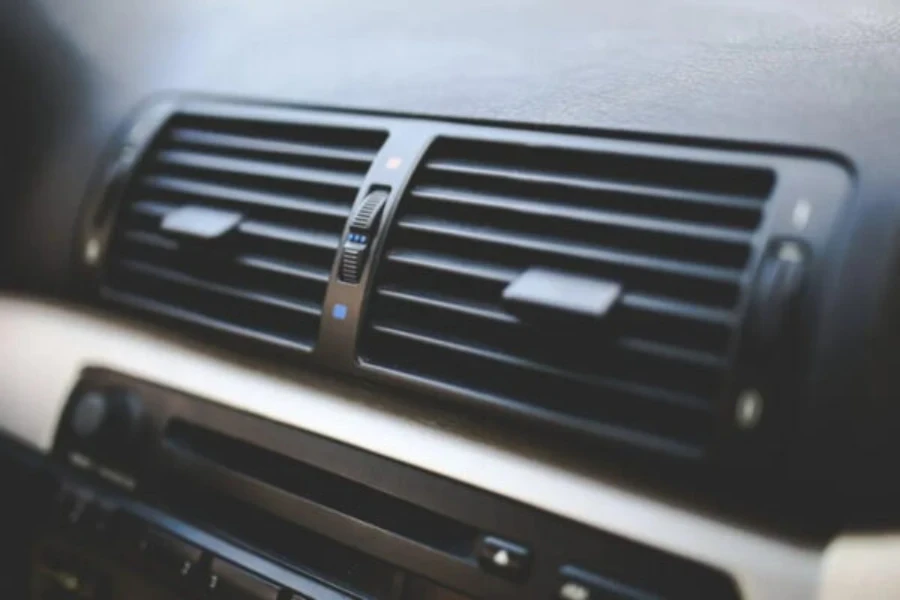
Cars can get hot, especially when you plan to park and let them bask in the hot sun for a while. Checking your car’s air conditioning and fans is another important warm tip for driving in hot weather. Here’s why:
- This helps you stay cool and comfortable: Your car’s air conditioning and fans are designed to keep you comfortable while on the road. Checking these systems before you start driving can help ensure they’re working correctly and provide you with the cool air you need.
- This prevents overheating: High temperatures can stress your car’s engine and other systems, leading to overheating.
- This improves air quality: A properly functioning air conditioning system can help improve the air quality inside your car.
Prevent drowsiness

Hot weather is notorious for making people feel sluggish and tired. Ensure you have a water bottle or juice to keep you alert and refreshed.
You must be careful when taking medication if you have allergies like hay fever. Consider taking medicines after you have arrived at the destination to avoid drowsiness at the wheel.
Also, consider keeping the windows closed throughout the journey and ensure regular replacement of pollen filters. They help in keeping irritants out of the car.
Make sure you get enough sleep the night before your trip. Fatigue and drowsiness can impair your driving abilities, so being well-rested is important before getting behind the wheel.
Above all, if you start to feel sluggish and tired while driving in hot weather, consider pulling over and resting.
Consider taking highways instead of side streets

When driving in hot weather, consider taking highways instead of side streets. Highways are better maintained than regular streets and better for handling extreme heat. Here’s why:
- Highways usually have fewer stoplights and intersections than side streets. You will spend less time idling in traffic, which can help reduce heat buildup inside your car.
- Highways tend to have higher speed limits than side streets, which means you’ll be able to get to your destination faster. This can be especially helpful if you drive long distances in hot weather.
- Highways are usually more open and exposed than side streets, which can help promote better airflow around your car. This can help keep you cool and comfortable while driving.
- Highways are often better maintained than side streets, which means you’ll encounter fewer potholes, bumps, and other road hazards that can be stressful to navigate in hot weather.
Final words
Driving in hot weather can be challenging due to the risks involved. However, climate change will continue to increase temperatures across the world. On many days of the year, you may find yourself driving in hot weather with extreme temperatures, car issues, and damaged roads.
This guide has therefore provided handy tips for driving in hot weather to ensure comfort and safety.

